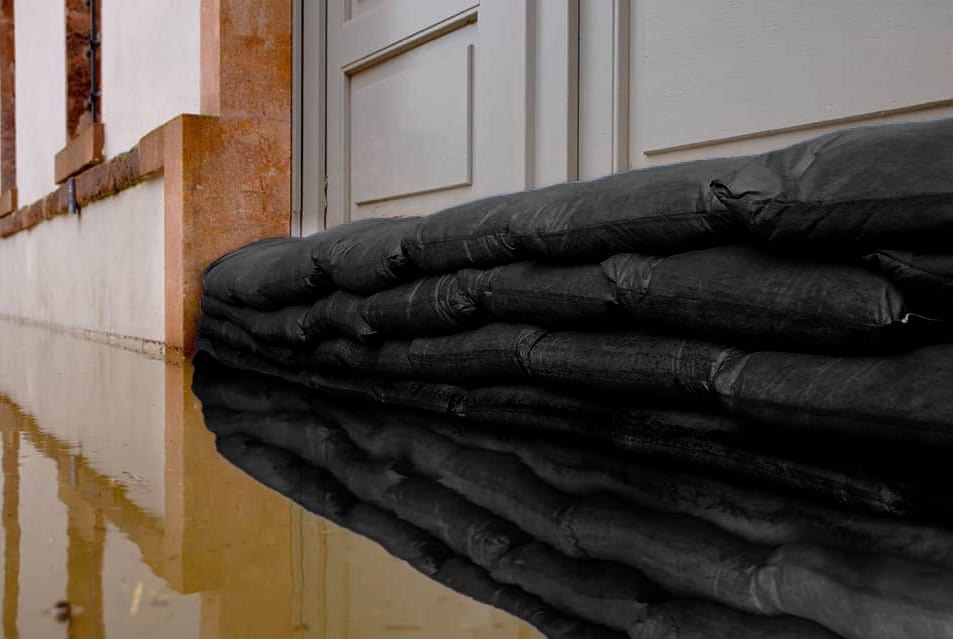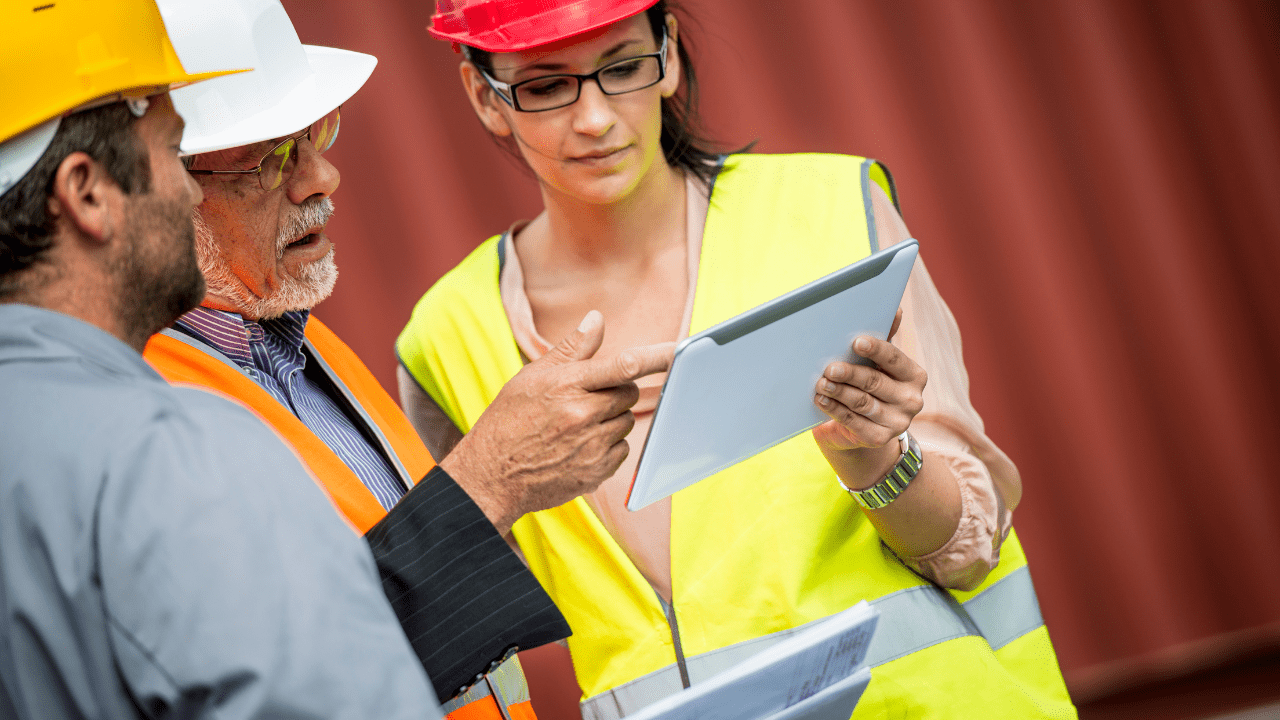According to insurance statistics, flooding is the number one natural disaster in the United States. Unfortunately, typical homeowners’ insurance policies exclude damages from flooding—you have to buy a separate policy. And even if you don’t live in a designated flood zone, FEMA statistics show that flooding can happen anywhere during major storm events.
When we’re warned that a potential flood event is approaching, a handful of us head down to the local government-run sandbag location to fill our allotted five to ten sandbags. Others will purchase their own empty sandbags and fill them with whatever sand or dirt is available in their own yards.
While the process sounds daunting, sandbags can indeed stop flooding. The problem is, most people don’t take flood warnings very seriously and are unprepared when it comes to protecting their property.
Here are some tips on how to best use sandbags, specifically, to protect your home:
Plan and Prepare
For most of us, the idea (and cost) of completely barricading our properties with sandbags before a major storm isn’t feasible. It’s also usually not necessary. Sure, water can damage a yard, but it will eventually dissipate into the ground. Our homes, however, are a different story.
Most homes are built solidly enough to stop floodwater from entering—until the water reaches doors and windows. Of course, not much will save a home that is being consumed by 10+ feet of water. The more common scenario of a few inches or even a foot or so of water knocking on one or more doors, however, can be stopped with just a handful of well-placed sandbags.
To plan for this, walk around the outside of your house and make note of where water may breach—usually under entry doors, windows, basement walls, garage doors, etc. Measure the distance you’ll want to cover (e.g., the actual gap where water may seep), then a foot or three up.
Assuming a typical traditional sandbag—one that you buy empty and fill with your own sand—measures about 14”x26” or so, and you need to cover a doorway that is three feet wide and then up about three feet, you’ll need about 50-60 sandbags, depending on how much sand you put in them.
While it sounds like a lot, the bags themselves would only cost about $30-40. That’s a drop in the bucket considering the potential damage that the water could do if it were to get inside your home.
If you have several entry doors, plus a garage door, the sand to fill the bags with is what becomes an issue for many. Properly filled sandbags should be filled 1/2 to 2/3 full with clean sand. Dirt or gravel can be used in a pinch, but is not ideal for tight sandbag stacking. That’s where sandless sandbags might be the better alternative.
Sandless Sandbags
While not brand new, sandless sandbags for flooding are relatively new, and the technology has only improved over the past few years.
Sandless sandbags, like our own Ultra-Flood Stopper, store flat and are then activated by water, creating a quick dam flood barrier. Once activated, the bags end up weighing in at around 30-40 lbs for some serious flood-stopping power.
Sandless sandbags need to be activated before placement—just like filling a traditional sandbag with sand, sandless sandbags need to be immersed in water for about five minutes so they will absorb that water and expand to their usable state.
There really isn’t any comparison in terms of being able to quickly deploy a sandless sandbag vs. a traditional, aggregate-filled sandbag—sandless wins every time. But there are a few cons.
First, while you can move sandless sandbags, you cannot ‘drain’ them, return them to their pre-activated ‘flat’ state, and store them for use again. Sandless sandbags also cost more than traditional sandbags but not by much if you’re actually having to purchase clean sand. Traditional sandbags average about $1.50 each, whereas sandless sandbags can run between $10-$12 each. Again, convenience, the cost of clean sand, the labor intensiveness of traditional sandbags… all of these things should be considered.
Insider Threats
Even a few inches of water in a small area can cause thousands of dollars of damage. Water heaters, washing machines, dishwashers, sinks, and toilets are all prone to causing minor flooding with potentially major repercussions. This is where having a dozen or so sandless sandbags on hand in your home can really save the day.
Sure, they’ll take a few minutes to deploy, but it’s better than the alternative. And most people don’t have pre-filled sandbags at the ready. Sandless sandbags can be deployed quickly in these scenarios in a sink or bathtub.
Prepare and Plan!!
Yeah, we said it again. But do yourself, your family, your wallet, and your sanity a favor and buy enough sandbags to protect your home in the event of a flooding incident.
If you go with sandless sandbags, the initial investment may be more, but the hassle-free and rapid deployment will pay for itself when the time comes.
If you go with traditional sandbags, make sure you have access to clean, washed sand for optimal results. You can buy bags of sand for sandboxes and whatnot for about $4/50lb bag, but that will only fill 1-½ bags. It adds up, for sure.
Measure twice, do the math, buy the bags, be prepared.






